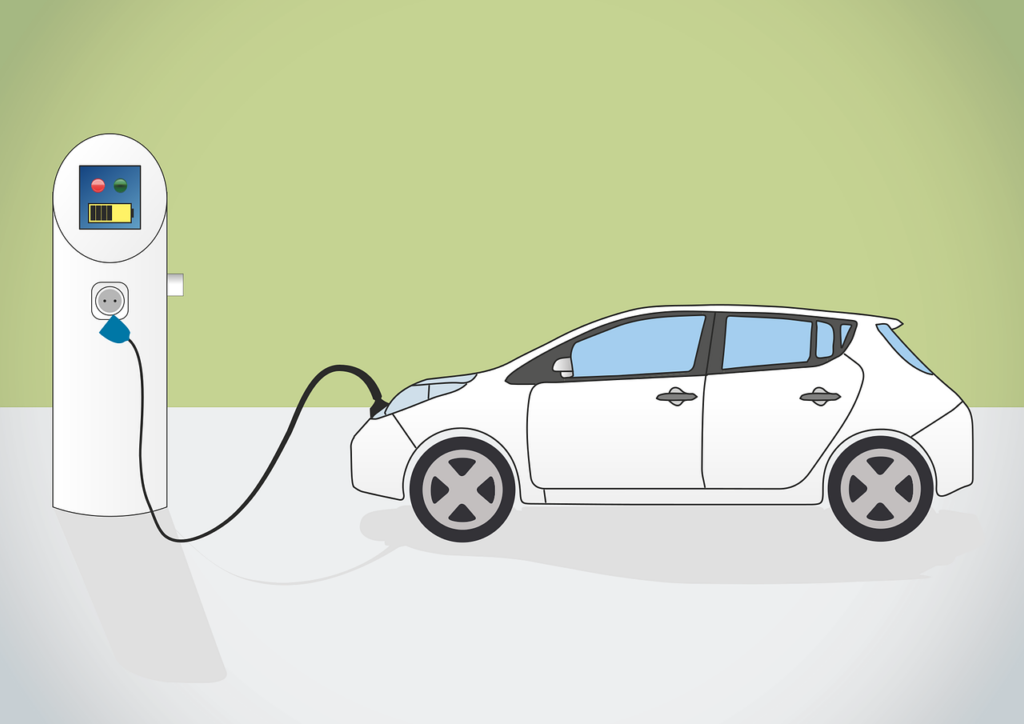China’s Sinopec has teamed up with battery giant CATL to spearhead a comprehensive EV battery swap network. The collaboration aims for an ambitious 500 stations by year-end, with plans to expand to 10,000 stations, setting the stage for a fundamental transformation in China’s EV infrastructure.
The strategic alliance aims to address a primary pain point in the EV ecosystem: charging time. By implementing a system that allows drivers to quickly swap depleted batteries for fully charged ones, the Sinopec-CATL partnership promises to significantly reduce downtime. This initiative not only boosts the convenience factor for existing EV owners but also makes the prospect of electric vehicle ownership more attractive to potential buyers who may be hesitant due to long charging durations.
The market implications of this venture are profound. With China leading global EV sales, accounting for more than 40% of the world’s yearly purchases, improving infrastructure is critical to sustaining momentum. By fortifying the battery swap network, Sinopec and CATL are betting on the increased adoption of EVs due to reduced range anxiety and faster turnaround times compared to traditional charging stations.
However, challenges remain. The feasibility of creating a seamless battery swap experience relies heavily on standardizing battery designs across different EV models—a complex endeavor that requires cooperation from numerous automakers. Battery standardization is not only technically challenging but also demands significant investment and negotiation among stakeholders with diverse interests. This could slow down the implementation process or lead to fragmented solutions in the absence of industry-wide consensus.
Sinopec’s move to partner with CATL reflects a broader, necessary shift towards integrating energy sectors with technological innovation to keep pace with rapidly changing global energy demands. The collaboration is a notable entry in a series of strategic initiatives by traditional energy companies to transition into renewable and alternative energy markets. As such, it signals an opportunity for investors looking to stake a claim in a rapidly expanding market segment.
